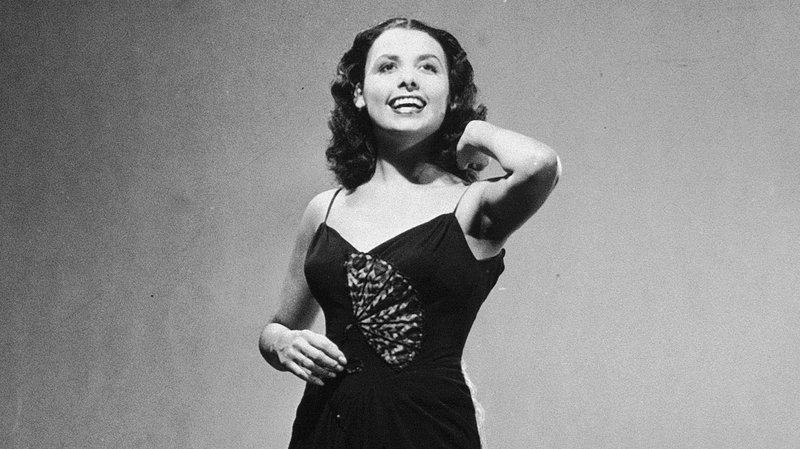Who’s Black, Who’s Not, and Who Cares?
Uptown Magazine
2011-11-02
Yaba Blay, Assistant Professor of Africana Studies
Drexel University, Philadelphia, Pennsylvania
“What are you?” It’s a question I have never been asked. I am Black. Period. The color of my skin is reflective of my Ghanaian ancestry and by its dark tone, everyone I encounter knows exactly what I am. Although I have lived most of my life acutely aware of the disadvantages assigned my complexion, it is not until recently, when I began to encounter people who identify as Black but don’t necessarily “look Black,” that I began to realize some of the privileges my dark skin carries; the most profound of which is its ability to unambiguously communicate my identity, not only to other people, but to other Black people. They know I am Black. I can rest assured that when someone in the room is talking about Black people, they realize that they are talking about my people. I also know that if I say “we” when talking about Black people, no one looks at me like I’m crazy, no one laughs at me as if I am somehow confused about my identity, and no one takes offense because they suspect I am somehow perpetrating a fraud. My Black is that Black that everyone knows is Black for a fact…
…On the one hand, we may reject our lighter skinned sisters and brothers because of their multiracial-ness, whether actual – “You’re mixed, you’re not Black” – or assumed – “You’re so light, you must be mixed.” But then on the other hand, most of us would concede that the large majority of Black people, particularly African Americans, are of mixed heritage. So, which one is it?
How did we get here? When did we abandon our cultural and political understandings of Blackness for more phenotypical ones? And do such narrow constructions of Blackness ultimately benefit us as community? Where would we be as a community if we had relied on skin color to determine Blackness a hundred years ago? No W.E.B. DuBois. No Mary Church Terrell. No Malcolm X. No Lena Horne. No Arturo Schomburg. And let’s understand the implications if we continue to use skin color as a gauge of racial identity – in essence, Herman Cain would be more Black than Ben Jealous….
Read the entire article here.
Dr Blay’s latest project “(1)ne Drop: Conversations on Skin Color, Race and Identity” seeks to challenge narrow, yet popular perceptions of what “Blackness” is and what “Blackness” looks like. To learn more about the project, visit 1nedrop.com.

